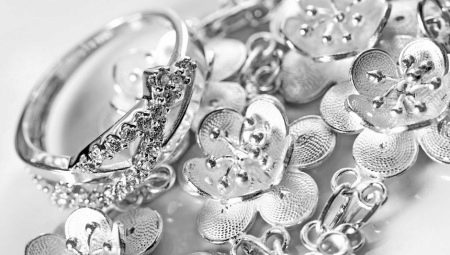Silver is a fairly common metal. In jewelry, it is often combined with transparent artificial stones. The flexibility and plasticity of silver allows you to make unusual and intricate products out of it. Metal is quite diverse and is used in many areas of life.
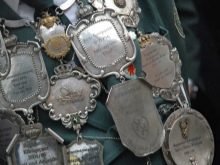


What it is?
Silver is a precious metal and chemical element. Argentum - 47th element in the periodic table. Silver ore looks like ordinary rock. The metal is soft, ductile, has the highest electrical conductivity and thermal conductivity. It should be noted that the chemical activity is weak.
Noble metal is used in many fields. So, it will come in handy in the jewelry, electronic, photo and film industries. Due to its bactericidal properties, the mineral is also used in medicine.
It is worth noting that the nugget contains many minerals. Silver ore is rare, so metal is mined from complex polymetallic ores.

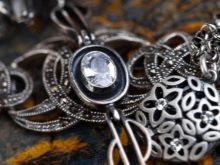
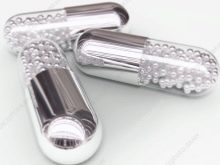
Discovery story
Silver has valuable properties, so it was known long before the beginning of our era. It is not possible to set the exact date. The first mention is found among the Egyptians; they made dishes from silver. Jewelry made from this metal dates back to 5000-3400 years BC. e. Previously, people knew only about native silver.
Multiple experiments allowed the alchemists to discover the presence of metal in various compounds. Then it made sense to define silver as a chemical element. Then scientists became interested in the healing and bactericidal properties of the material. In Russia, metal was first smelted by Lavrenty Neigart in 1687.
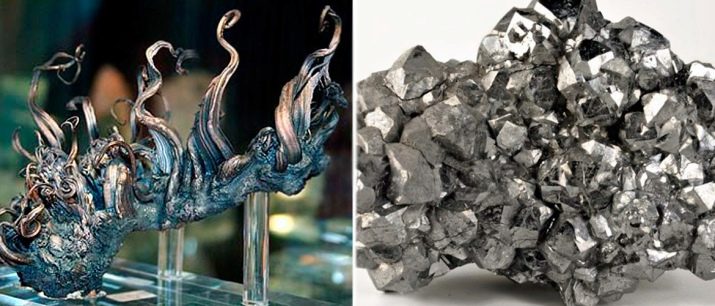
Composition and properties
Silver has a white metallic sheen. The hardness of the metal is 25 kgf / mm². Due to this property, the material is so durable and durable. The density of argentum is 10.5 grams per 1 cm3. The melting point is quite high, reaches 962 ° C.
The metal is able to withstand heavy loads. This allows you to use it as a material for many units, even space rockets and submarines. Silver reflects light well, which expands the scope of use. And also metal conducts heat well.
If you leave a silver spoon in a cup of hot tea, you can get burned.
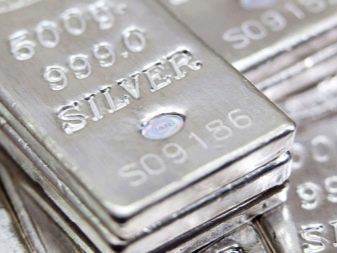
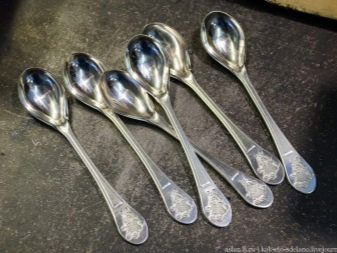
The chemical properties of the substance are no less interesting. For example, a metal can dissolve in mercury and turn into an amalgam. The chemical element does not react with oxygen, carbon, hydrogen, silicon and nitrogen. However, silver interacts with other substances that matter in everyday life.
- Sensitivity to hydrogen sulfide. Even a small amount leads to the formation of silver sulfide. Visually, a black coating is visible on the product. Sulfur compounds surround people everywhere. The substance is in food, building materials, and even in human sweat.
- The reaction with halogens, especially with iodine. Contact of silver with this substance should be avoided.
- When heated, argentum adsorbs gases. It is about oxygen, argon, hydrogen and the like. Liquid metal absorbs many times more O2 than solid. When hardening, you can notice how oxygen breaks through the upper crust. It looks like a small silver volcano.

Production
Any metal initially needs to be taken from somewhere. Being in nature, in mines, is the main source of silver mining. Moreover, 2/3 of the total amount is a by-product in the production of nickel, copper, lead and zinc. And silver is mined during recycling. However, the efficiency of the process is low due to its complexity.

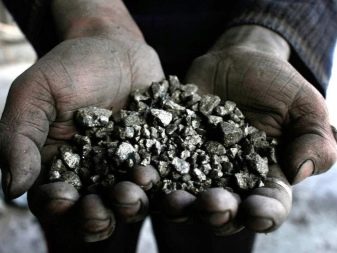
What happens?
Everyone knows that gold can be pink and white, and not just red. That's silver jewelry is colored. Due to this, the metal looks different in products. True, exotic colors are not much in demand among buyers. Native silver is quite noble and attractive.
The metal is divided into types depending on additional materials in the alloy. Additives directly affect important properties.
So, some types of silver are suitable for weaving chains and bracelets. Sometimes special spraying plays a purely decorative role and even complicates the care of the product.
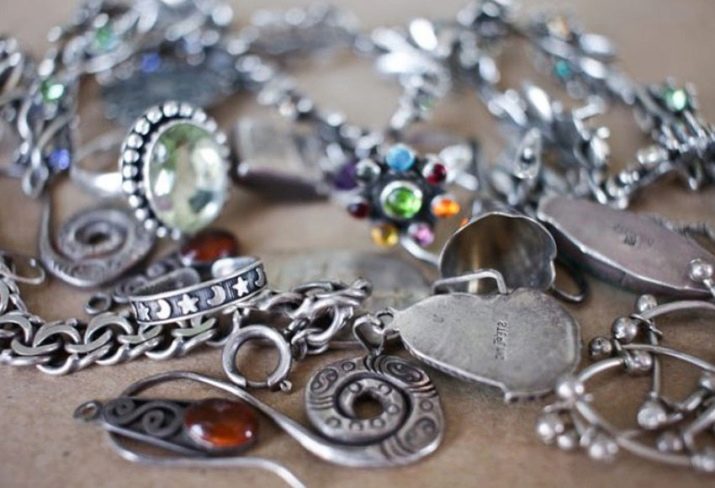
Sterling
This kind of argentum is defined as a reference. It contains 92.5% of this metal and only 7.5% of copper. Additive is needed to increase the strength of the finished product. The alloy has a natural white tint.
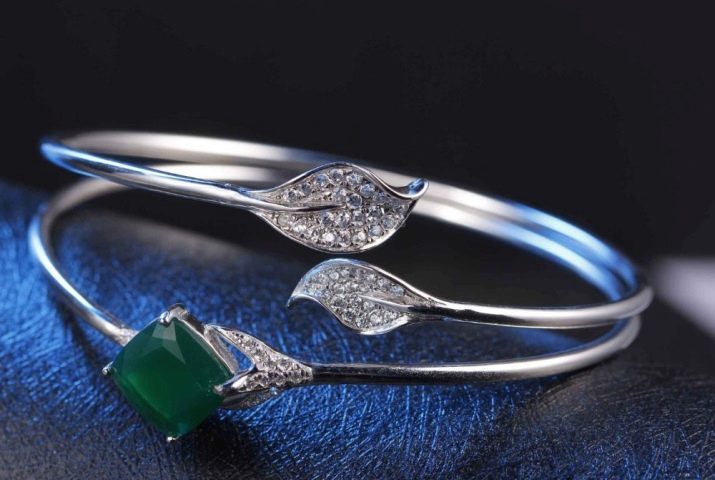
Matte
Gloss can be removed by heat treatment in sulfuric or hydrochloric acid. Brushed silver is used to create jewelry.
This look without shine looks stylish and quite expensive. Decorative properties are of particular interest in brushed silver.
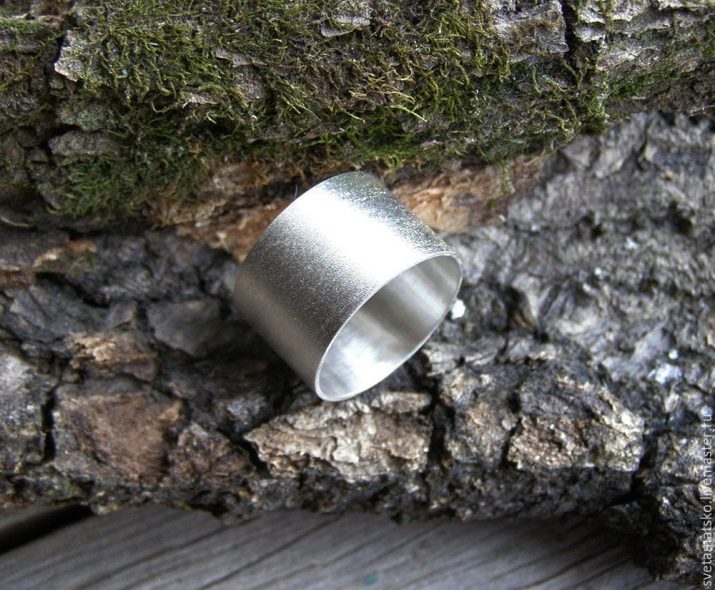
Filigree
Such a metal is different breakdown 960. In jewelry, silver is used for delicate wicker patterns.
Interestingly, only 1 gram of metal needs to be taken to make 2 km of wire. Such jewelry requires careful use.
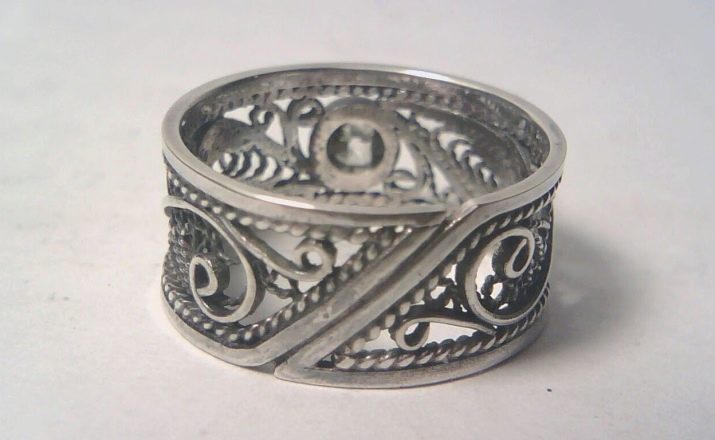
Roded
Such silver is considered one of the expensive. A thin layer of platinum group metal can increase wear resistance and elasticity. This coating protects the jewelry from oxidation.
Jewelry made of such silver can be cleaned much less frequently than others.
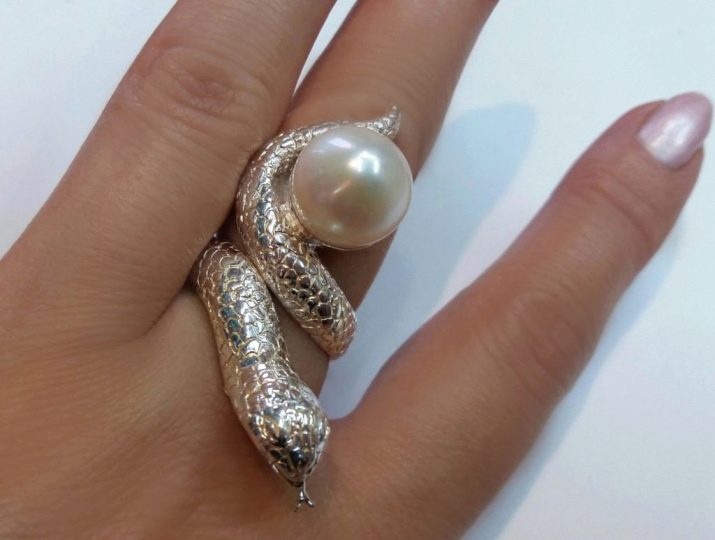
Blackened
Such an interesting look was invented in Russia in the XVII century. The recesses in the product are filled with an alloy of sulfides of copper, lead and silver. As a result, the treated areas become black, and all the protrusions remain white.
Products should be cleaned carefully so as not to destroy the spraying.

Oxidized
Subspecies of blackened silver. A silver oxide film is used to create visual effects. In this case, all cavities may have a blue, gray, purple or black tint.
Jewelery requires special care when cleaning.

Gilded
Outwardly resembles gold, but cheaper. Products should be used carefully so as not to erase the yellow coating.
Contact gilded silver with chemicals and even water. Any aggressive mechanical effects are prohibited.

Application
The area of use of silver is so great that it is difficult to list everything at once. Moreover, metal is often used in small quantities. Physical and chemical properties make argentum attractive for jewelry. These same features make it possible to use silver in the manufacture of technical devices in medicine.
For decorations and cutlery Do not use pure metal. Its plasticity and flexibility simply do not allow doing so. Copper and the like are added to the alloy to improve resistance to deformation. The more additional material, the less flexibility.

It is worth noting that in any area, an alloy of silver is used, and not pure material. As a measure, a sample is used. A three-digit number indicates how much silver is in 1 kg of a particular alloy.
In Russia, several official sample variants are officially recognized.
- 720. The yellowish alloy is used to make springs, needles and parts that are subjected to heavy loads.
- 800. A metal with a yellowish tint is used to create jewelry and cutlery.
- 830. The scope is the same as the previous version.
- 875. Used in the jewelry industry. Jewelry is often plated with gilding.
- 916. Previously used to create cutlery. Now, in jewelry, it is not applied at all.
- 925. Standard sterling silver. It is especially appreciated when creating jewelry due to the fact that it is practically not oxidized. It can be used in the manufacture of cutlery.
- 960. Alloy is used to create products with embossed compositions. Jewelry is easily deformed.
- 999. Raw materials for the manufacture of coins and ingots. It is also used for electrical equipment, in ionizers and air purifiers. Such metal is used in the manufacture of mirrors with maximum accuracy. Pure argentum can be found in medical preparations.

The scope is not limited to this list. Silver can be used in the food industry. Devices for squeezing juice and making other drinks are made from it. Bars and powder can be found in batteries.
In general, it is in industry that the largest amount of silver is used. Special in electrical engineering. Silver chloride is used as a coating on radar surfaces. So, metal can be found in production:
- electronic components;
- lead batteries;
- infrared optics;
- gas mask filters;
- some detonators.
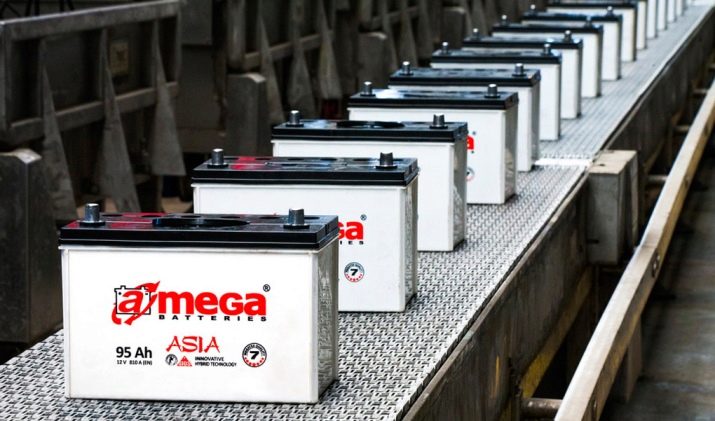
Interesting Facts
- Recent years have brought many interesting discoveries. All of them made it possible to discover new possibilities for using silver in jewelry, industry, and medicine. There is a silver institute in the world. It is this authority that reports on the prospects for the use of metal.
- Scientists from California have developed a new method of using silver for the manufacture of solid metal. The substance will combine the best qualities of this group of elements with glass. The resulting material can be used for the manufacture of medical implants. Scientists are confident that the new product is significantly better than existing analogues.
- The presence of silver reduces the risk of infection. This is due to unique antibacterial properties. Of course, metal-glass is still not well understood. But the very fact of creating such material is very curious.
- Unusual nanoparticles are made from silver. They are used as sensors that detect pathogenic bacteria. A respiratory mask with silver allows you to destroy many microorganisms. Society also owes this to science.
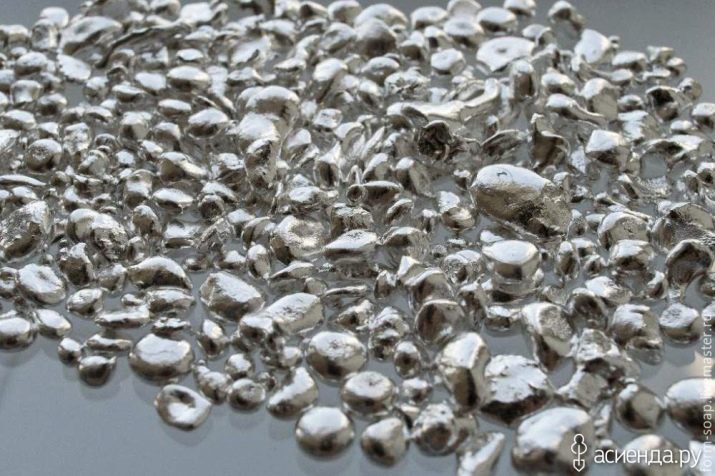
See even more interesting facts about silver in the next video.
